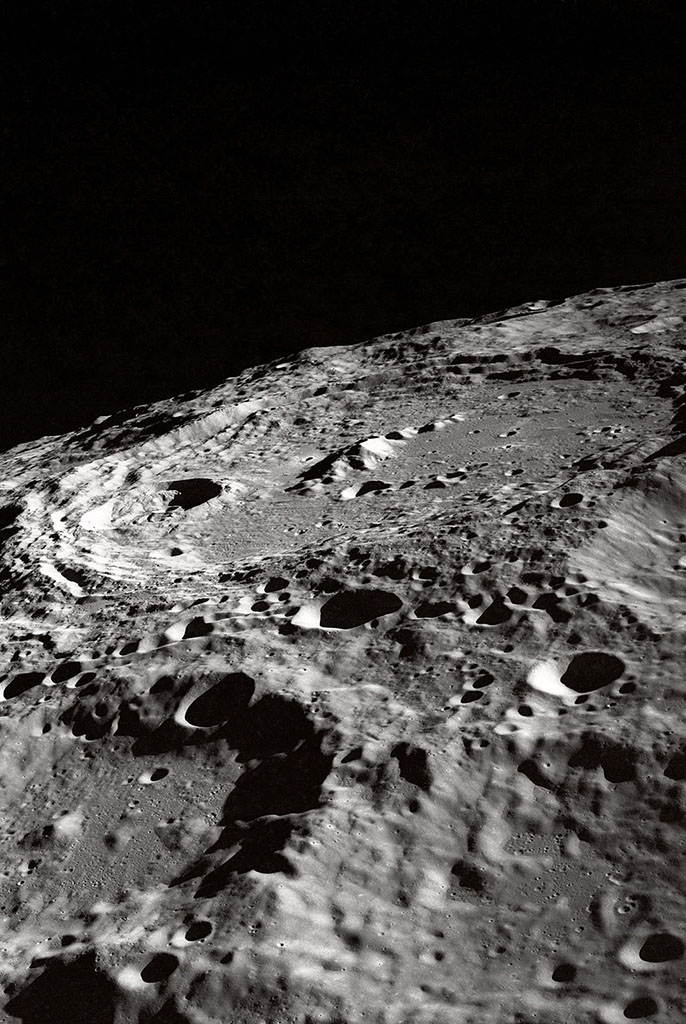My telescope, set up for astrophotography in my light-polluted San Diego backyard, was pointed at a galaxy unfathomably far from Earth. My wife, Cristina, walked up just as the first space photo streamed to my tablet. It sparkled on the screen in front of us.
“That’s the Pinwheel galaxy,” I said. The name is derived from its shape – albeit this pinwheel contains about a trillion stars.
The light from the Pinwheel traveled for 25 million years across the universe – about 150 quintillion miles – to get to my telescope.
My wife wondered: “Doesn’t light get tired during such a long journey?”
Her curiosity triggered a thought-provoking conversation about light. Ultimately, why doesn’t light wear out and lose energy over time?
Let’s talk about light
I am an astrophysicist, and one of the first things I learned in my studies is how light often behaves in ways that defy our intuitions.

The author’s photo of the Pinwheel galaxy.
Jarred Roberts
Light is electromagnetic radiation: basically, an electric wave and a magnetic wave coupled together and traveling through space-time. It has no mass. That point is critical because the mass of an object, whether a speck of dust or a spaceship, limits the top speed it can travel through space.
But because light is massless, it’s able to reach the maximum speed limit in a vacuum – about 186,000 miles (300,000 kilometers) per second, or almost 6 trillion miles per year (9.6 trillion kilometers). Nothing traveling through space is faster. To put that into perspective: In the time it takes you to blink your eyes, a particle of light travels around the circumference of the Earth more than twice.
As incredibly fast as that is, space is incredibly spread out. Light from the Sun, which is 93 million miles (about 150 million kilometers) from Earth, takes just over eight minutes to reach us. In other words, the sunlight you see is eight minutes old.
Alpha Centauri, the nearest star to us after the Sun, is 26 trillion miles away (about 41 trillion kilometers). So by the time you see it in the night sky, its light is just over four years old. Or, as astronomers say, it’s four light years away.
Imagine – a trip around the world at the speed of light.
With those enormous distances in mind, consider Cristina’s question: How can light travel across the universe and not slowly lose energy?
Actually, some light does lose energy. This happens when it bounces off something, such as interstellar dust, and is scattered about.
But most light just goes and goes, without colliding with anything. This is almost always the case because space is mostly empty – nothingness. So there’s nothing in the way.
When light travels unimpeded, it loses no energy. It can maintain that 186,000-mile-per-second speed forever.
It’s about time
Here’s another concept: Picture…


